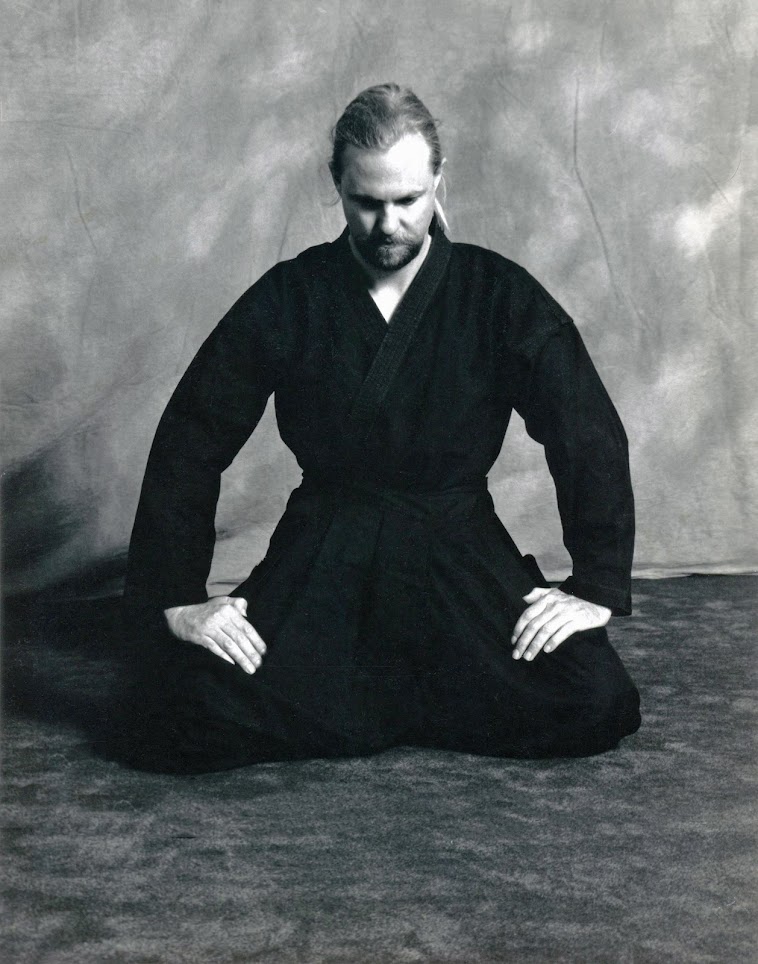By Scott Shaw
As someone who has actively practiced the martial arts for just under sixty years, I believe I possess a fairly good understanding of how one evolves as a practitioner of these forms of self-defense. When one begins their practice, it is often the case that they become very protective of their teacher, their school, and their style. This is especially the case if they have truly taken to the system they are training in and the instructor or instructors who are teaching them in their art are proving them with useful techniques in an agreeable manner.
The fact is, there are some instructors who are just not very good. Maybe they are rude, maybe they are egocentric, maybe they are money-hungry forcing students to sign long-term contracts, maybe they are demeaning to their students, or, like in the case of one of my instructors when I was an adolescent, they single out one of their students and continually use them for their demonstration dummy. With this, a student may either lose interest in the martial arts all together or change schools, if not styles.
The focus of this piece is not on the bad instructors, however. It is about the ones who truly provide a lifelong service to their students, teaching them viable techniques based in a specific style orientated syllabus. For those students—those who stay long-term, earning their black belt, and those who possibly become instructors, they are the ones who may become very style-centric.
If we look to history, prior to the twentieth century, very few martial artists moved between systems. This was not only based in a local and cultural programing, but it was also based in available. Generally, there were few choices among schools of martial arts in a specific community. Moreover, and the fact being, very few people chose to follow the path of the martial arts.
It must be noted, that among most Asian societies, a person who practiced the martial arts was actually looked down upon by general society as they were thought to be one who was conscribed to a lower class, a lessor mindset, and/or someone who followed the barbaric practices of physical combat. Though modern media has all but erased this fact from modern knowledge, and has idealized and glorified the martial artist, this was not, in fact, the case throughout most of world history.
As the twentieth century came upon us, and international cultural interaction became more frequent, the martial arts found their way to the West. From this, the early Western practitioner attempted to culturally emulate the mind, words, and techniques of their Asian instructors, mostly with less than ideal impersonations. They attempted to mimic instead of emulate. Thus, even though many of these first-generation Western instructors held fast to their systems, what they understood and what they actually taught was lacking a true sense of source knowledge.
In fact, to this day, this mindset has not changed very much. There are many Western instructor, claiming advanced knowledge of a style, but not speaking the language of where the system originated while attempting to produce the words used in the dissemination of the system poorly, and, form this, missing some of the elemental knowledge that can and could only be had by possessing a true linguist and cultural understanding of what they are claiming to teach. Many, if not most, of these instructors have not even traveled to and/or studied their system of self-defense in the land where it was originated.
During the twentieth century there came to be more and more Asian and Western instructors teaching the martial arts in the Western world. From this, there began to be the ability for a practitioner to view the various styles of self-defense that were now congregated in one location that had originally hailed from all across the globe. Because of this fact, some practitioners began to integrate and adapt techniques from the various system into their own singular practice. Some of the most notable people who first did this were Chuck Norris and a bit later Bruce Lee. Both of these individuals achieved great fame. But, there were also many other practitioners, who employed this method of integration, who no one ever heard as they began the process of incorporating the various styles of martial arts into one conglomerative system of self-defense in their small schools or backyards.
Though there were, and still are, many who believe this practice is a bastardization of the martial arts, in many ways it has freed the practitioner from being locked into only one, very stylized, system, thereby allowing them to integrate and combine the techniques from various styles into a conglomeration that becomes more effective for not only they, themselves, but for their students, as well. From this, the need to poorly imitate one culture has been bypassed. Emerging is an all-encompassing non-style of a style that is allowed to continually evolve as new understandings are developed.
As martial artists we can learn from this integration and as human beings we can also gain from this understanding. By opening our minds to new ideas, and not being forcefully locked into a tradition that may never be truly understood, we allow ourselves to be the vessel where all knowledge may be studied, acquired, and ultimately understood in a freeform mindset not limited by dogma.
Copyright © 2022 All Rights Reserved
Originally from the Scott Shaw Blog
Scott Shaw Hapkido Taekwondo International
